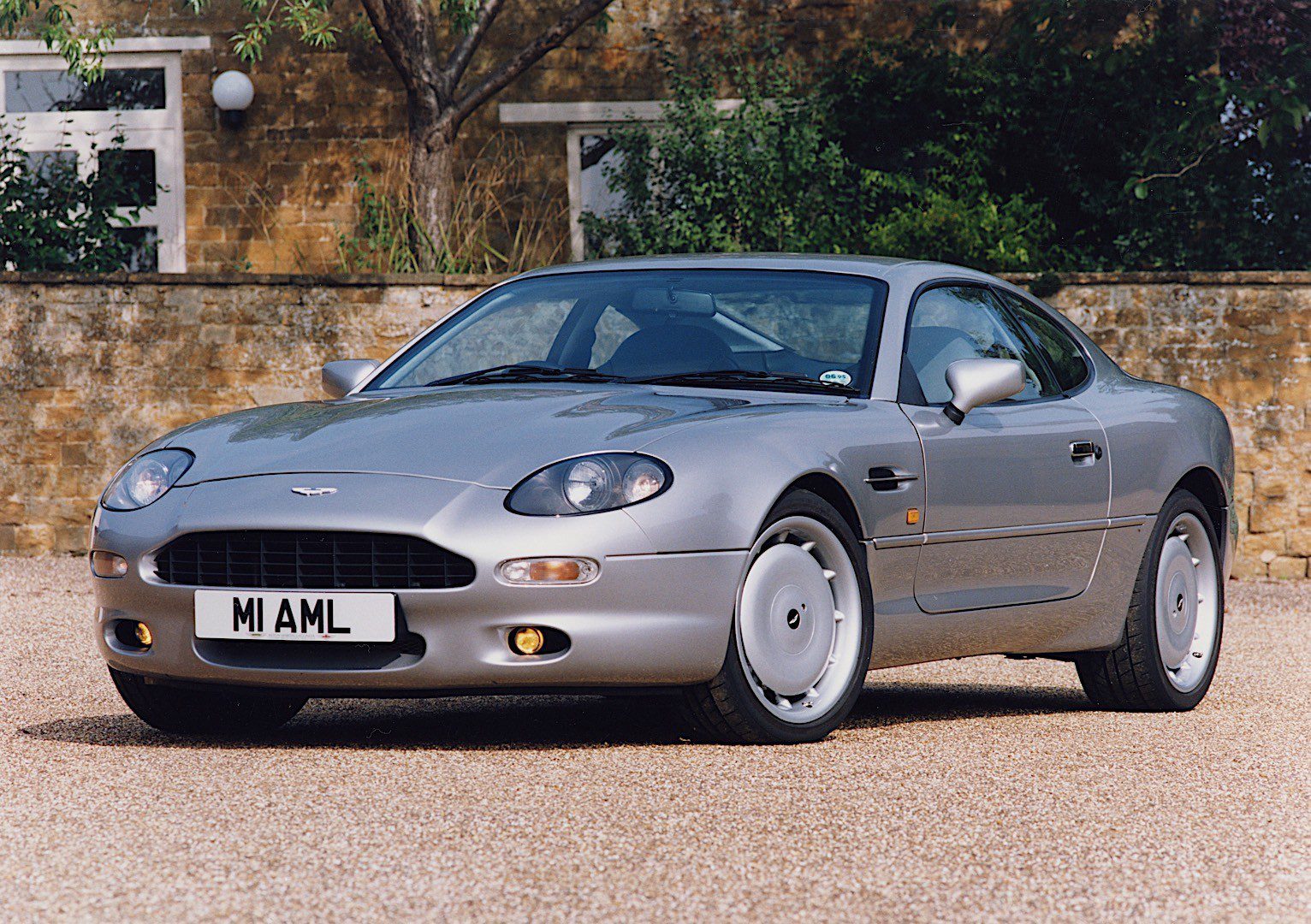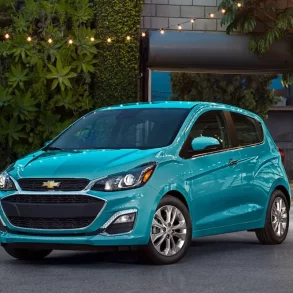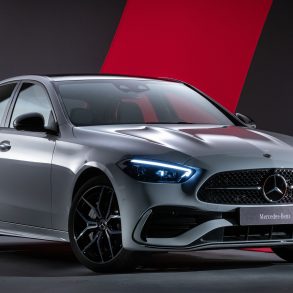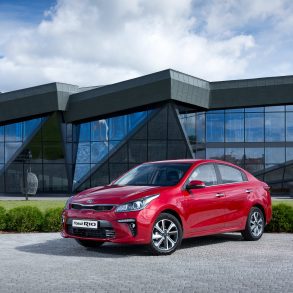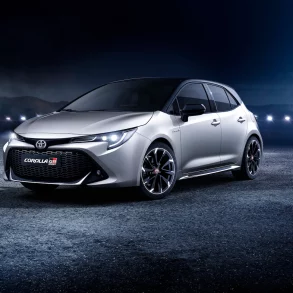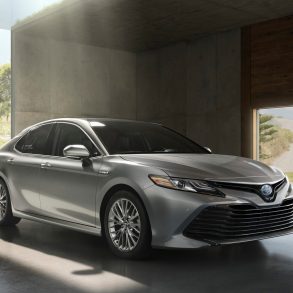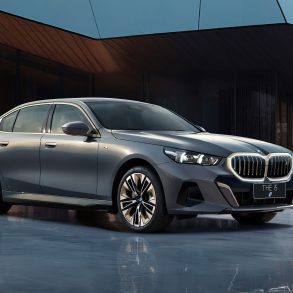The Aston Martin DB7
The Aston Martin DB7 is a grand tourer (GT) produced by the British luxury sports car manufacturer Aston Martin. It was first introduced in 1994 and remained in production until 2004. The DB7 was a significant model for Aston Martin, as it marked the beginning of the brand’s modern era under Ford ownership and played a crucial role in revitalizing the company’s reputation and financial standing.
Aston Martin DB7 Overview
The Aston Martin DB7 featured a classic and elegant design, showcasing Aston Martin’s timeless design language with a contemporary twist. It has a long hood, sleek lines, and muscular haunches, giving it a sporty yet sophisticated appearance. The front end is characterized by the iconic Aston Martin grille and distinctive headlights. The DB7 was initially offered with a 3.2-liter inline-six engine sourced from Jaguar, producing around 335 horsepower. Later, Aston Martin introduced a more powerful variant with a 6.0-liter V12 engine developed in-house, producing up to 420 horsepower. The V12-powered DB7 offered impressive performance and acceleration.
Under the direction of Ford Motor Company, the DB7 was engineered by Tom Walkinshaw Racing as a smaller alternative to the V8 Vantages. TWR worked with both Jaguar & Ford components and the result was the first regular steel bodied Aston Martin. Ian Callum was responsible for the overall design which bears a slight resemblance to the first generation Jaguar XK8 which uses the same chassis. TWR was also responsible for development of the Inline-6 which used a Zytec electronic multi-point fuel injection and water-cooled Eaton Rootes-Type supercharger. In 1996 a Volante convertible version became available and in 1999 the much more powerful Vantage was released with a 5.9-liter V12. The Aston Martin DB7 was replaced in 2004 by the Aston Martin DB9.
Aston Martin DB7 Sales Data & Trends
The Aston Martin DB7 was a commercial success for the brand, significantly boosting sales and attracting new customers to the marque. It played a pivotal role in rejuvenating Aston Martin’s image and paving the way for the company’s future success. The DB7 was eventually succeeded by the Aston Martin DB9, which continued the brand’s evolution in the GT segment.
Aston Martin DB7 Europe Sales Data & Charts
Annual sales figures for the Aston Martin DB7 in Europe.
Europe Annual Sales
Europe Annual Growth
Car sales statistics are from the following countries: Austria, Belgium, Cyprus, Czech Republic, Denmark, Estonia, Finland, France, Germany, Great Britain, Greece, Hungary, Iceland, Ireland, Italy, Latvia, Lithuania, Luxembourg, Netherlands, Norway, Poland, Portugal, Romania, Slovakia, Slovenia, Spain, Sweden, Switzerland.
Sources: Manufacturers, ANDC, JATO Dynamics.

